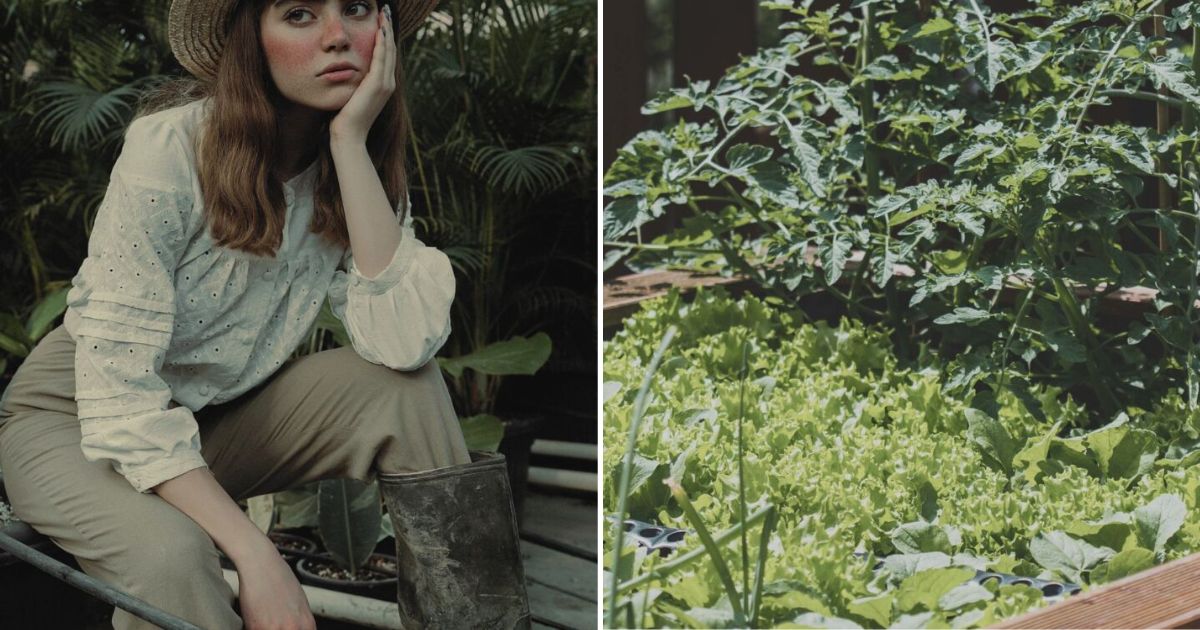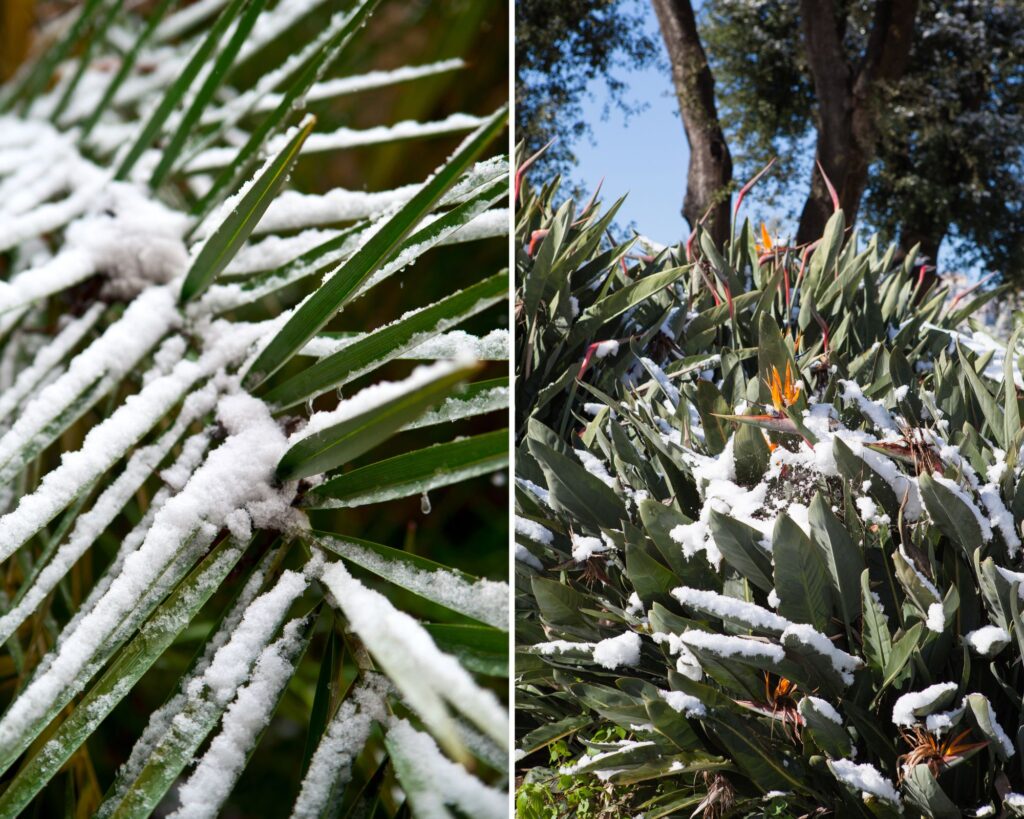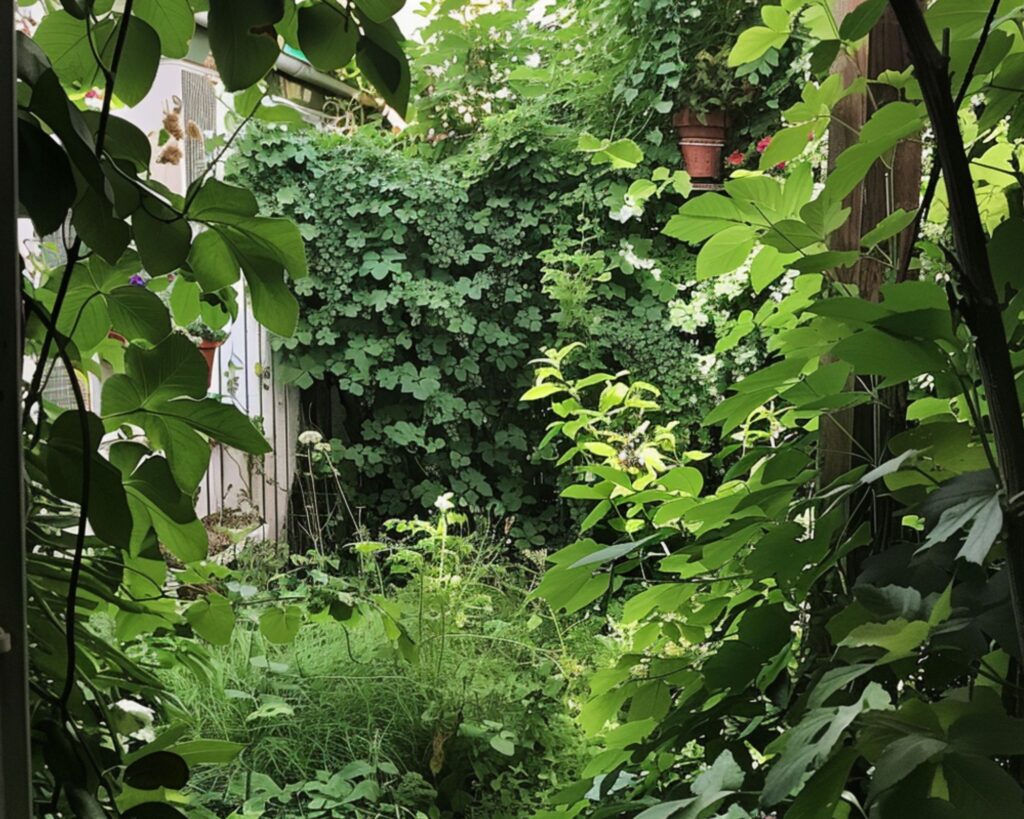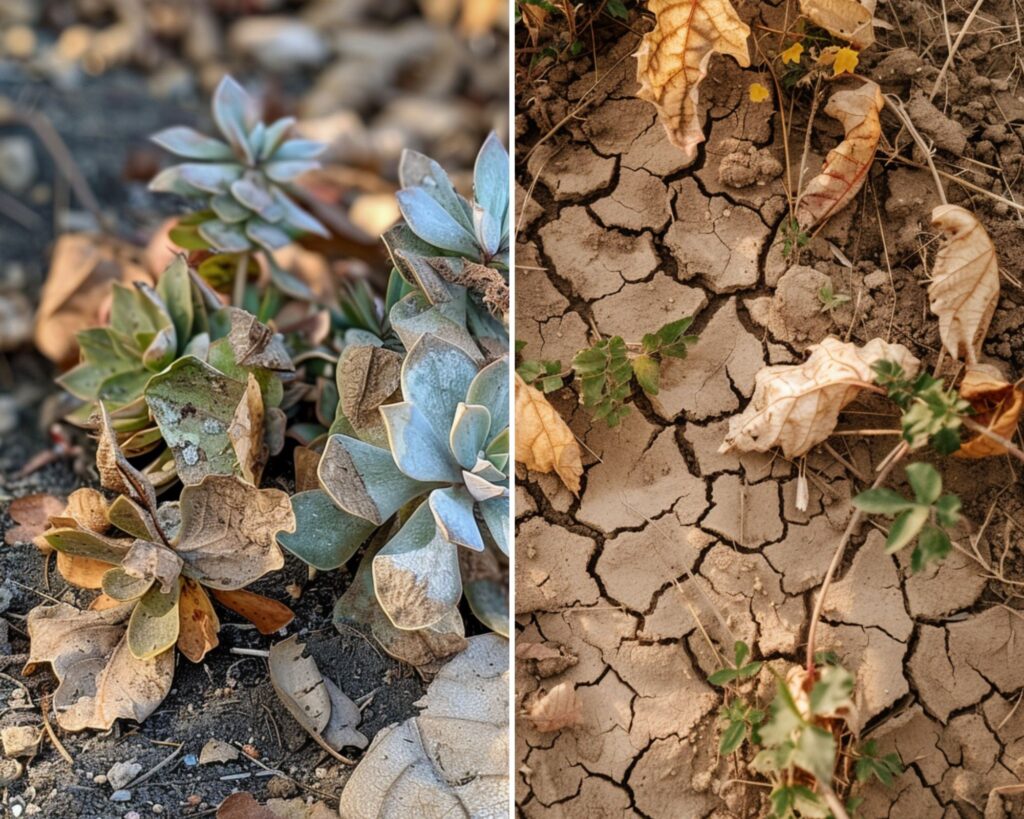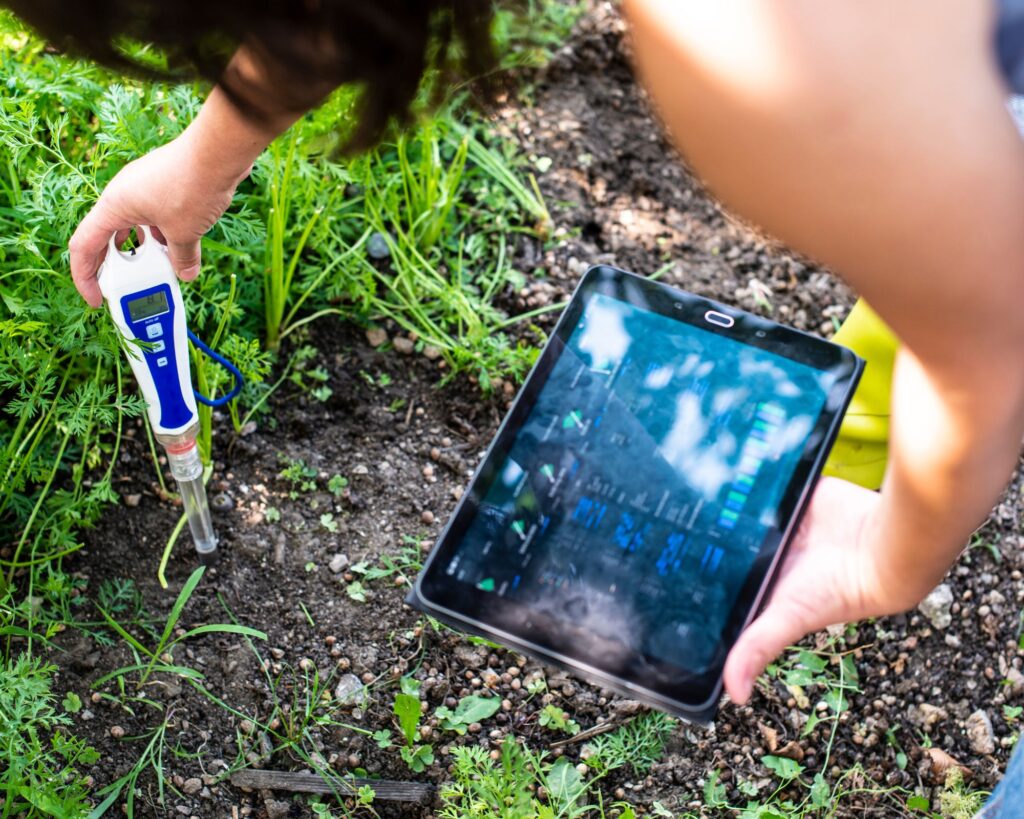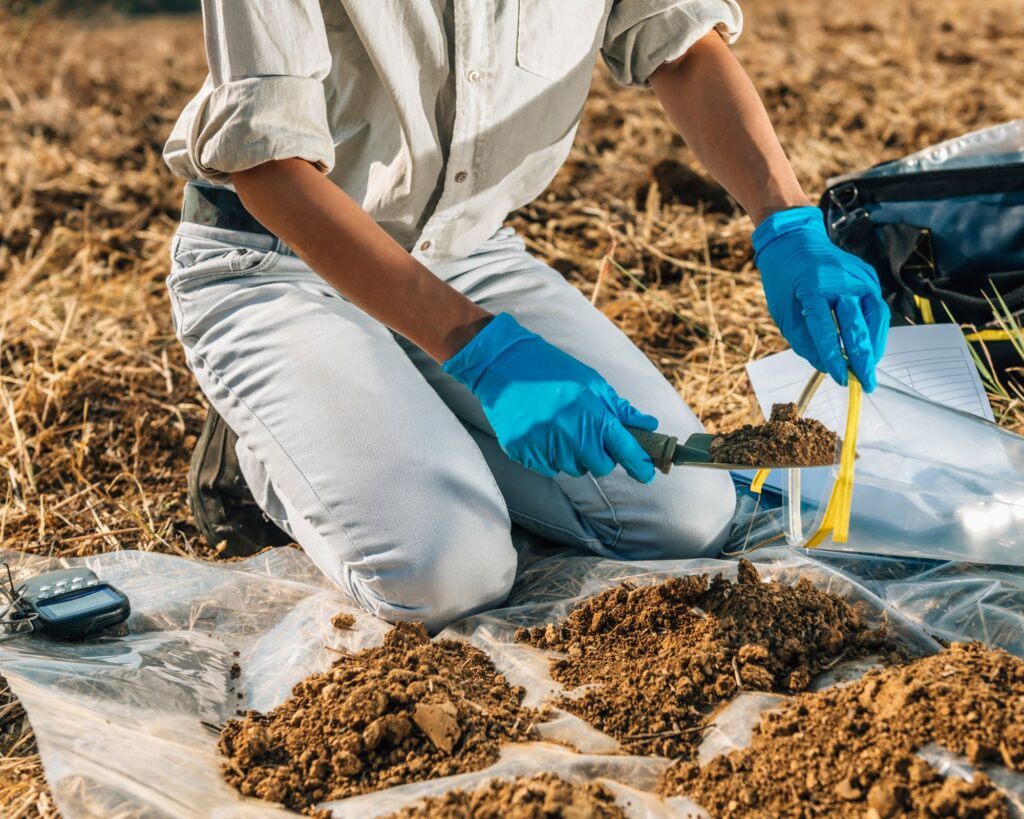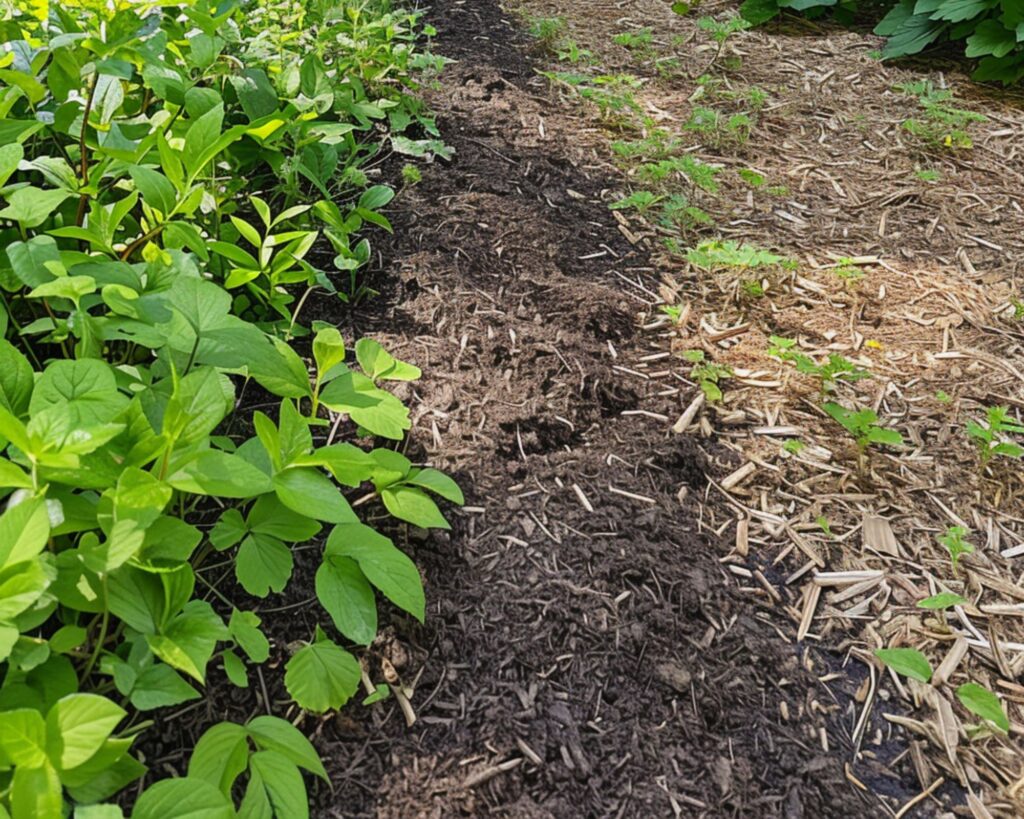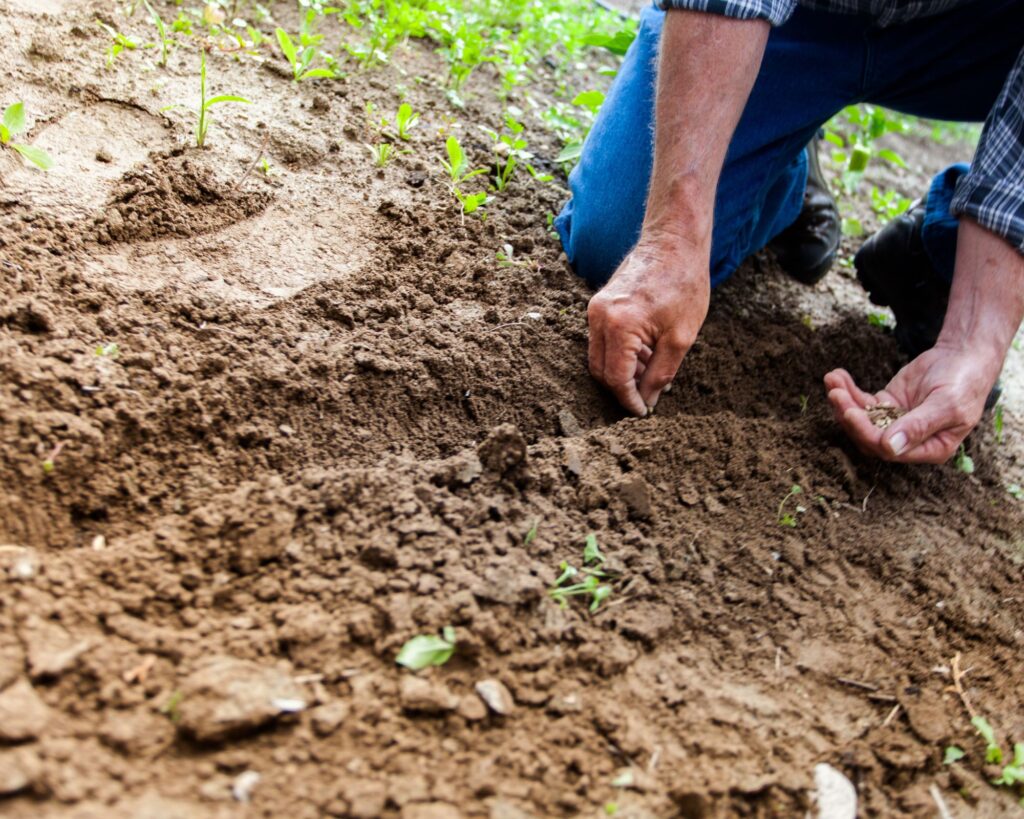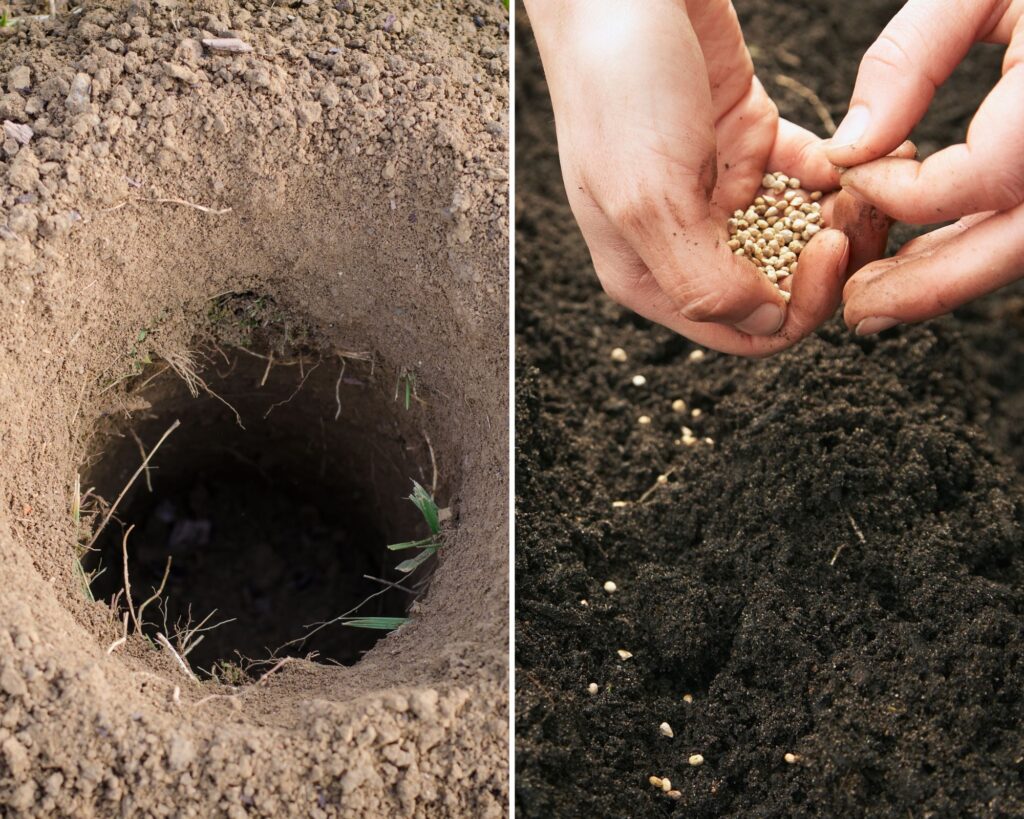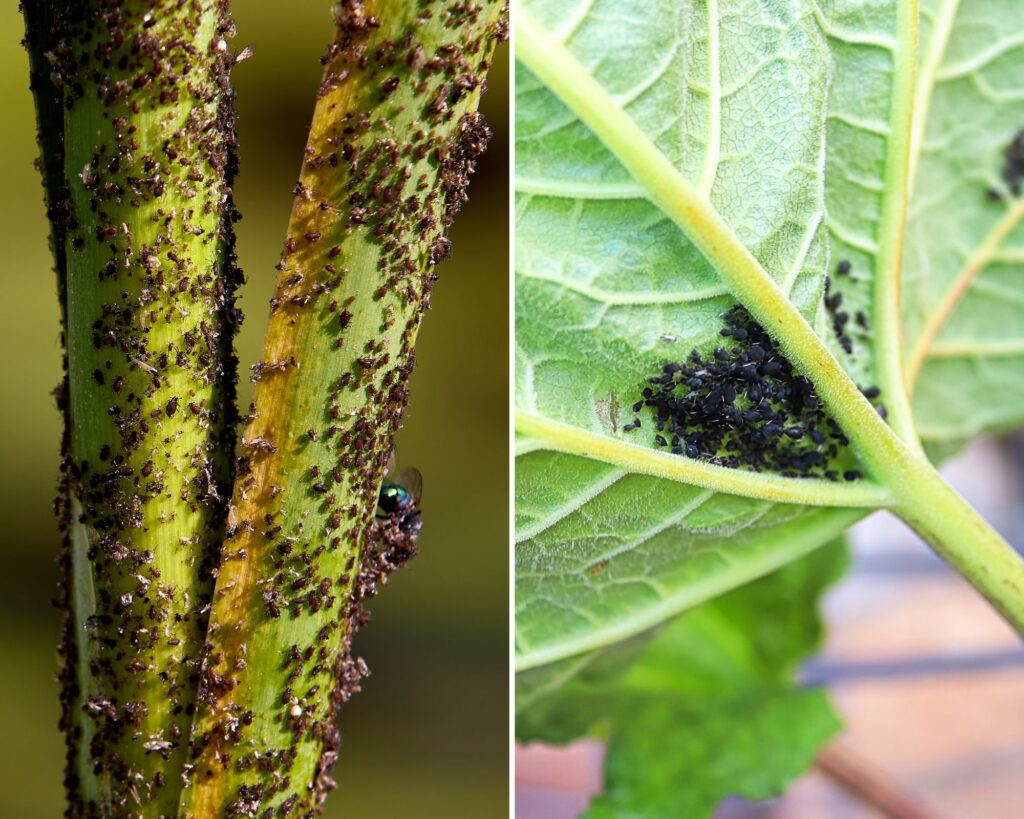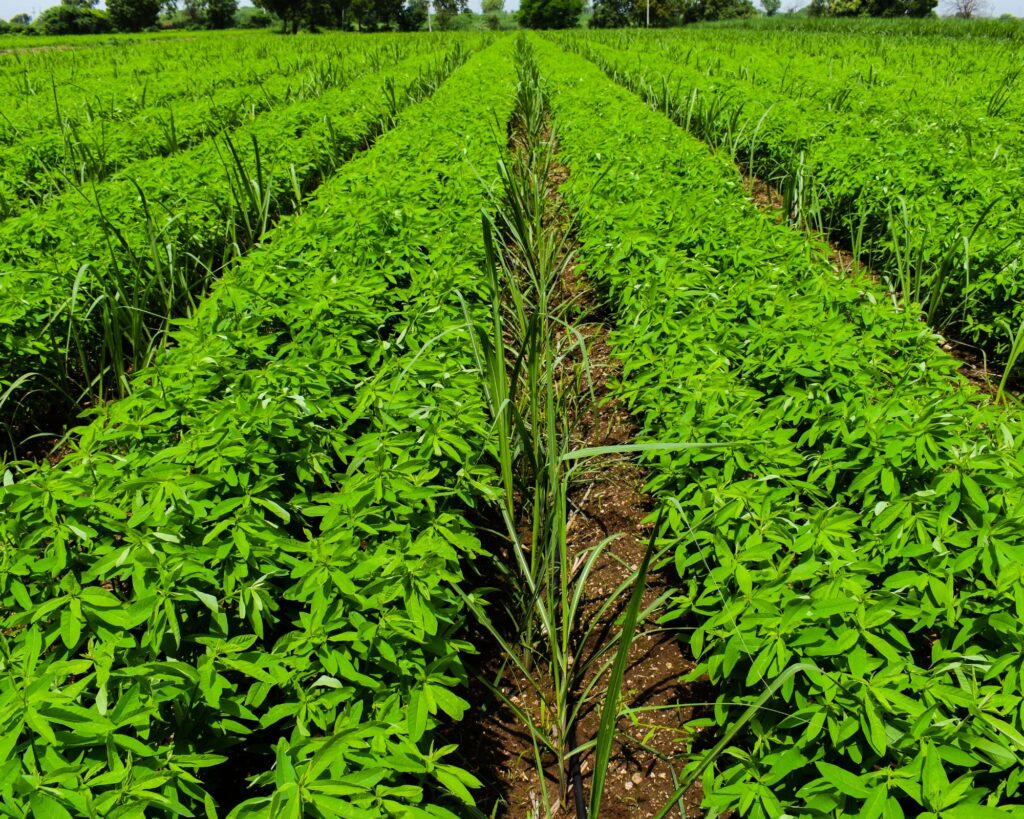Gardening can be both enjoyable and rewarding, but it’s easy to make simple mistakes that can cost you time and money.
Have you ever felt like your garden just isn’t living up to its potential? You’re not alone. Gardening should be a source of joy, not frustration.
Unfortunately, even the most enthusiastic gardeners can make mistakes that turn their dreams of a lush landscape into a costly endeavor.
Let’s dive into the five common gardening blunders that might be holding you back and discover how to turn your garden into a thriving paradise.
1. Selecting the Wrong Plants
Choosing the right plants is crucial for a successful garden. You need to consider local climate conditions and the future size of the plants you choose.
Ignoring Climate Compatibility
Your local climate significantly affects plant growth. Planting species that aren’t suited to your region’s temperature, humidity, and rainfall leads to poor growth and wasted resources.
Tropical plants will struggle in colder climates, while cold-hardy perennials may wilt in intense heat. Researching and selecting climate-appropriate plants ensures they’re more likely to thrive.
Overlooking Mature Plant Size
Ignoring the mature size of plants can cause overcrowded gardens and maintenance issues. Plants may look small initially but can grow significantly, leading to problems.
For example, placing trees too close to structures can damage roots and branches. Shrubs planted with insufficient spacing can suffocate each other.
Always account for future growth and necessary spacing to avoid these headaches later.
2. Inappropriate Watering Habits
Understanding how to properly water your plants can save you time and money. The most common mistakes include overwatering, underwatering, and neglecting soil moisture levels.
Excessive Watering
Overwatering is a common gardening mistake. Too much water can suffocate plant roots, leading to root rot and other diseases.
Plants need oxygen just as much as they need water. When the soil is constantly soaked, the roots do not get the oxygen they need to grow and function properly.
To avoid this, water your garden only when necessary and ensure proper drainage. It’s helpful to check the moisture level of the soil before watering.
Inadequate Watering
Underwatering can be just as harmful as overwatering. Too little water leads to wilting, slow growth, and sometimes plant death.
Plants unable to get enough water fail to carry out essential processes like nutrient uptake and photosynthesis. To address this, make sure your watering schedule aligns with the specific needs of each plant species.
An easy way to check if your plants need water is to stick your finger about an inch into the soil. If it feels dry, it’s time to water.
3. Ignoring Soil Moisture Levels
Neglecting to monitor soil moisture can lead to both over and underwatering. Soil moisture levels vary based on the type of soil, weather conditions, and plant species.
Clay soils retain water longer, while sandy soils drain quickly. Investing in a soil moisture meter can help you accurately gauge when and how much to water.
Regularly checking soil moisture and adjusting your watering routine accordingly can prevent unnecessary water waste and ensure your plants thrive.
Neglecting Soil Health
Keeping your soil in good condition is critical for healthy plant growth. Two main issues that can arise from neglecting soil health are skipping soil testing and forgetting to mulch.
Skipping Soil Testing
Testing your soil is crucial for understanding its nutrient profile and pH levels. Without this information, you might add the wrong fertilizers or amendments, which can harm your plants.
Testing kits are available at most garden centers, and some local extension services offer testing as well.
By knowing what your soil needs, you can make informed decisions. This saves time and money by avoiding unnecessary products. Regular testing, ideally once a year, helps keep soil conditions optimal for plant growth.
Forgetting to Mulch
Mulching retains moisture, regulates soil temperature, and suppresses weeds. Organic mulches like straw, wood chips, and compost also add nutrients to the soil as they decompose.
Applying a layer of mulch around your plants provides these benefits and enhances the health of your garden.
Mulch should be about 2-4 inches thick and kept away from the stems of plants to prevent rotting.
Not mulching can lead to dry soil, more weeds, and unhealthy plants. So remember, applying mulch is a simple step that brings significant advantages.
4. Improper Plant Spacing and Depth
Improper spacing and incorrect planting depth can stress plants, cause poor growth, and even lead to plant diseases. Both mistakes are easy to make, but correcting them can lead to a healthier and more productive garden.
Crowding Plants Together
When you crowd plants, they compete for sunlight, water, and nutrients. This can slow growth and make plants more susceptible to diseases and pests.
Proper spacing allows air to circulate between plants, reducing the risk of fungal infections. It also ensures each plant gets enough light and nutrients. Always refer to the spacing recommendations on the seed packet or plant tag.
Give plants room to grow, and you’ll notice they flourish more. Overcrowding can make certain plants, like tomatoes and peppers, more prone to blight and other problems. Avoid cramming too many seedlings into one area.
Planting Too Deep or Shallow
Planting depth is crucial for root development and plant health. Too deep, and young plants may suffocate due to lack of oxygen. Too shallow, and roots can dry out or fail to anchor the plant properly.
Most seeds should be planted at a depth about twice their size. For transplanted seedlings, ensure the root ball is just covered with soil, not deeper. For bulbs, depth varies, so checking specific planting instructions is essential.
Incorrect planting depth can also make plants more vulnerable to environmental stresses. Adjusting depth ensures that roots have the best chance to take hold and access nutrients.
5. Failing to Control Pests and Diseases
Effective pest and disease management is essential for maintaining a healthy garden. Neglecting this aspect can lead to damaged plants and reduced yields.
Ignoring Early Signs of Problems
One of the biggest mistakes gardeners make is ignoring early signs of pests and diseases. By the time the problem becomes noticeable, it might be too late to save the affected plants.
Regularly inspect your plants for any signs of trouble, such as discolored leaves, unusual spots, or visible insects. Catching issues early allows you to take action before they spread.
Using Harmful Chemicals
Another common mistake is resorting to harsh chemical pesticides and herbicides at the first sign of trouble. These chemicals can harm beneficial insects, pollinators, and even the plants themselves.
Instead, opt for integrated pest management (IPM) practices. This involves using a combination of biological, cultural, and mechanical methods to control pests and diseases.
Introducing natural predators, using neem oil, or creating physical barriers can be effective and environmentally friendly solutions.
Not Rotating Crops
Planting the same crops in the same spot year after year can lead to a buildup of pests and diseases in the soil. Crop rotation helps break the cycle and reduce the risk of infestations.
Rotate your plants so that different types of crops are planted in different areas each season. This simple practice can significantly reduce pest and disease problems and improve soil health.
By being vigilant and using sustainable practices, you can manage pests and diseases effectively, ensuring a healthier and more productive garden.
Gardening is a fulfilling and therapeutic hobby, but it’s easy to fall into common traps that waste your time and money.
By avoiding these five common gardening mistakes you can cultivate a lush and thriving garden.
With these tips, you’ll be well on your way to enjoying a vibrant, healthy outdoor space that rewards your efforts and brings joy throughout the growing season.
